While some species decide to leave the region when winter lays its icy grip at our door, others brave the storm.
Let’s take a look at how some of these incredible species survive the winter months because they all take different tactics!
Stop
A lot of animals stop and slow right down to survive the winter. While some will still move around a little bit here and there, others will sleep right through the cold winter months!
Northern Leopard Frog
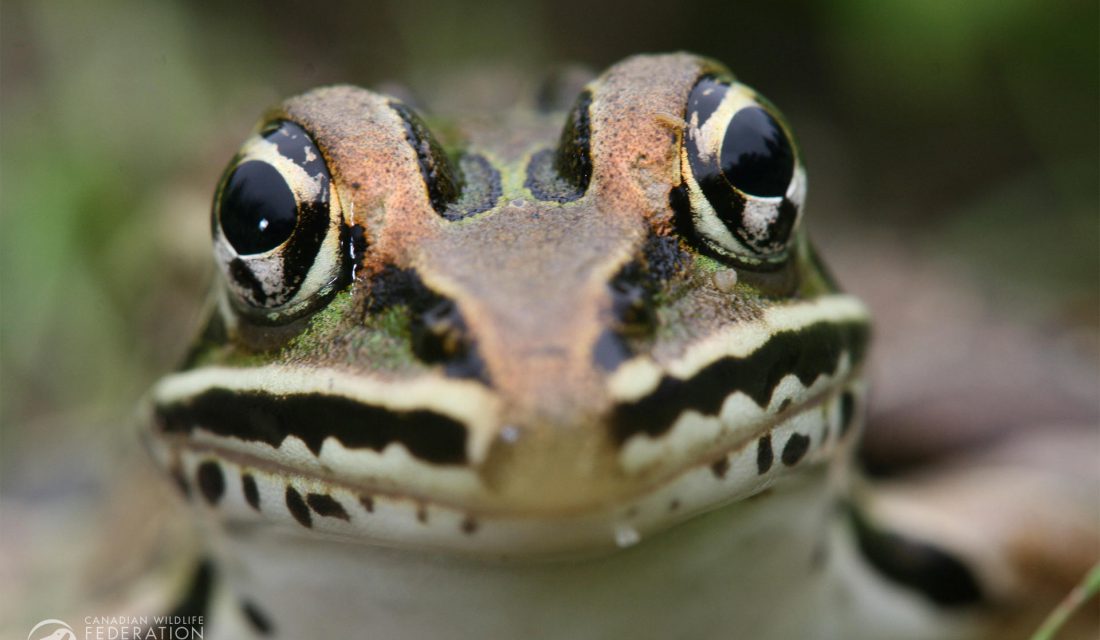
The Northern Leopard Frog will swim to the bottom of a lake or pond and hunker down. It’s important for them to hibernate in water that’s not going to freeze completely solid, because they don’t want to freeze solid themselves if they can help it. When Old Man Winter arrives, these frogs will swim around a little, every so often, to get a burst of oxygen from the water.
Common Garter Snake
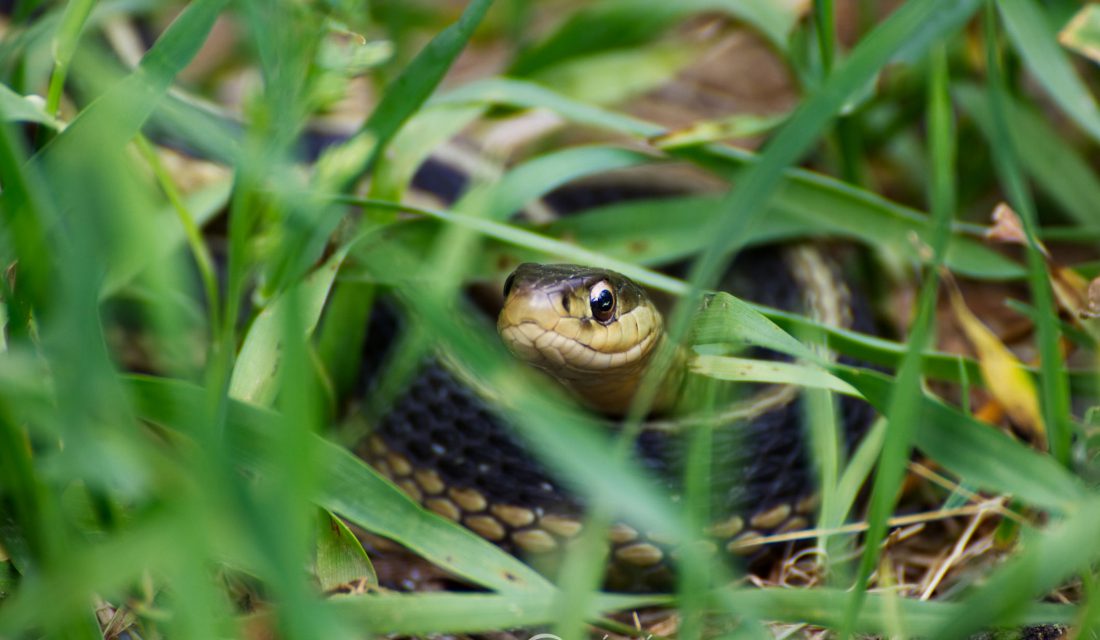
Snakes aren’t quite as resilient to cold weather as amphibians, so their plan for winter is to find a warm place to call home. They’ll look for rock crevices or even move their way deep into soil and cuddle up together to keep one another warm!
Black Bear
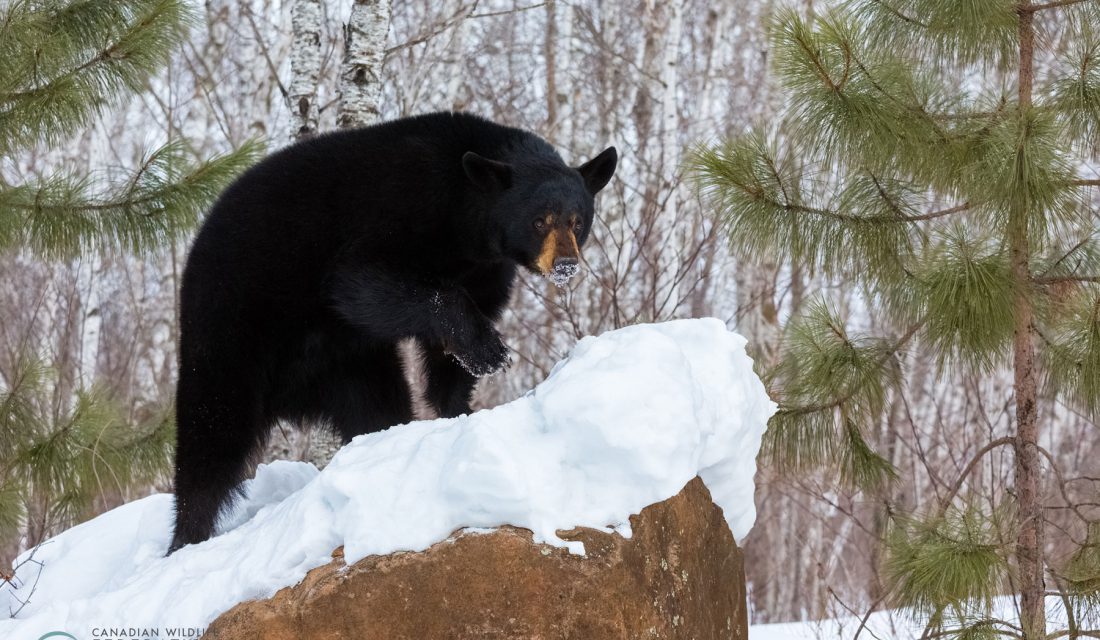
Black Bears spend the winter in dens. These aren’t HUGE caves, in fact they’re usually only big enough to hold a bear lying down. Males and females feather their nests quite differently too. Females will line their dens with leaves, grass or ferns, while males will just snuggle up for the season without any material underneath them. Sounds slightly uncomfortable for the males, doesn’t it?
But actually… females have it pretty rough too. They’ll often den with their young (if these bears are under a year old or so) and they even give birth to cubs in February or March. Luckily bears spend most of their time sleeping in the winter – they reduce their heart rates and even their breathing slows – so it’s not too rambunctious in there.
Northern Pike
Plenty of freshwater fish, like Northern Pike, will stay in open water over the winter. Because their bodies adapt to the cold temperature of the water around them, they aren’t all that active. They might move their mouths or gills to get some oxygen in but that’s about it.
Little Brown Bat
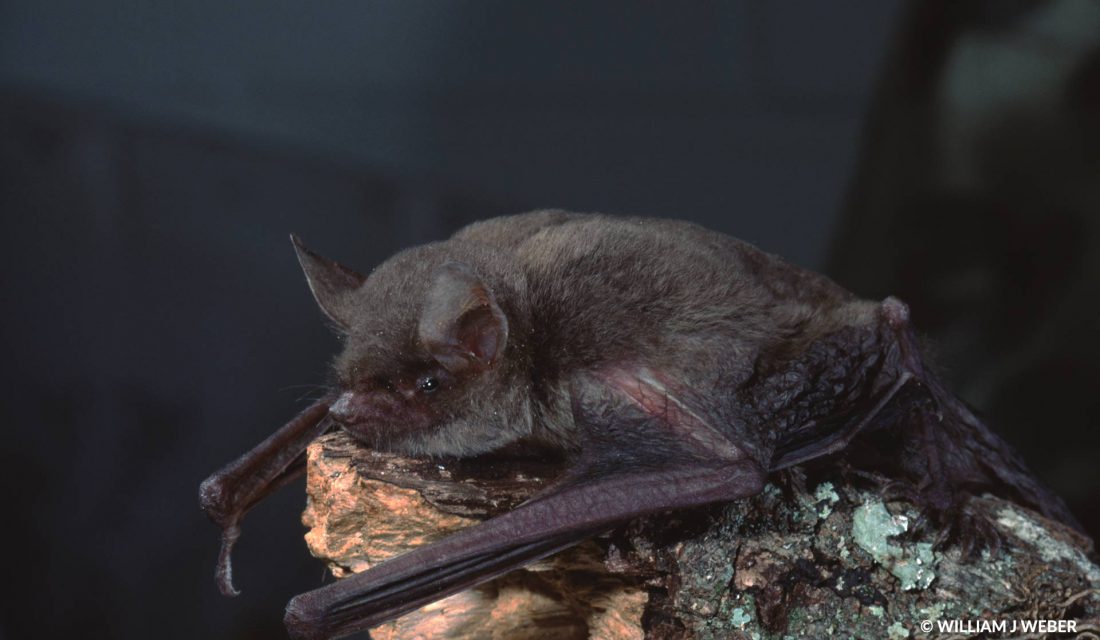
Only a few species actually hibernate. The Little Brown Bat, for example, has really mastered it and lives off of its own fat reserves during the colder months. These bats will seek out a place to stay for the winter (called a hibernacula) in early fall. They’ll usually choose caves or even abandoned mines because these locations are a bit warmer. Then they’ll slow their heart rates, breathing and even their metabolisms (meh-TAB-uh-liz-ums) which gives their bodies the energy they need to think and grow. Little Brown Bats will only wake up here and there to get a sip of water or to poop!
Drop
Some animals really can’t take the cold weather at all and so they kind of check out – either through dying off and leaving it to their young to continue the species or by embracing the freeze!
Bumblebee
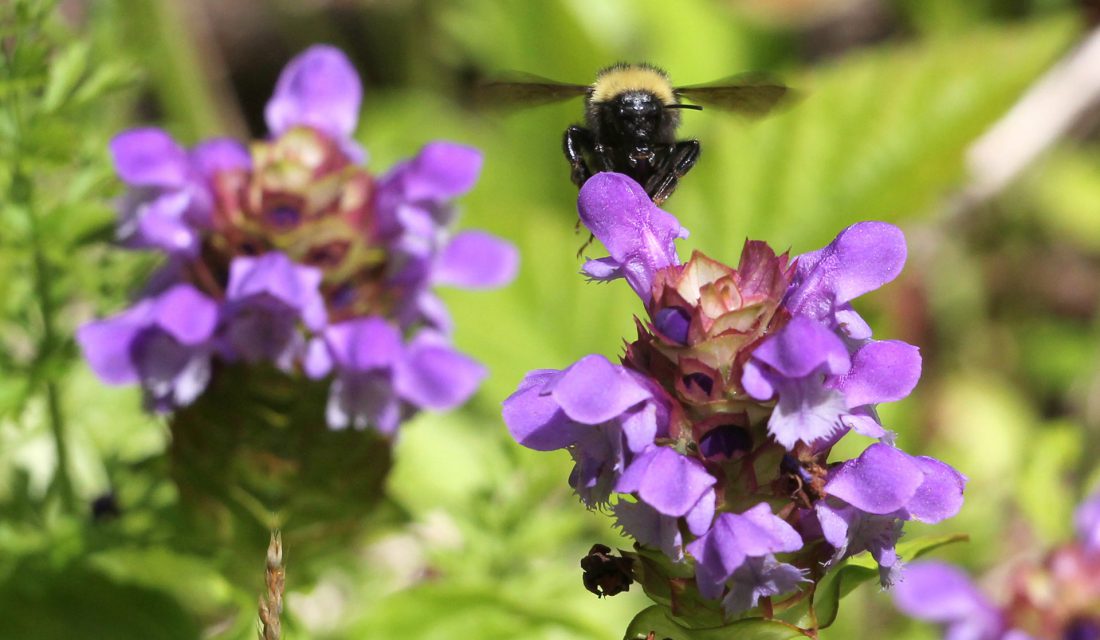
Bumblebees aren’t able to stand the winter, and so they rely on their larvae to keep the species going. In fact, the bumblebee queen is the only living bumblebee to stay alive through the winter! They need her to stay strong through the colder temperatures so the colony can be built up again in the spring.
Chorus Frog
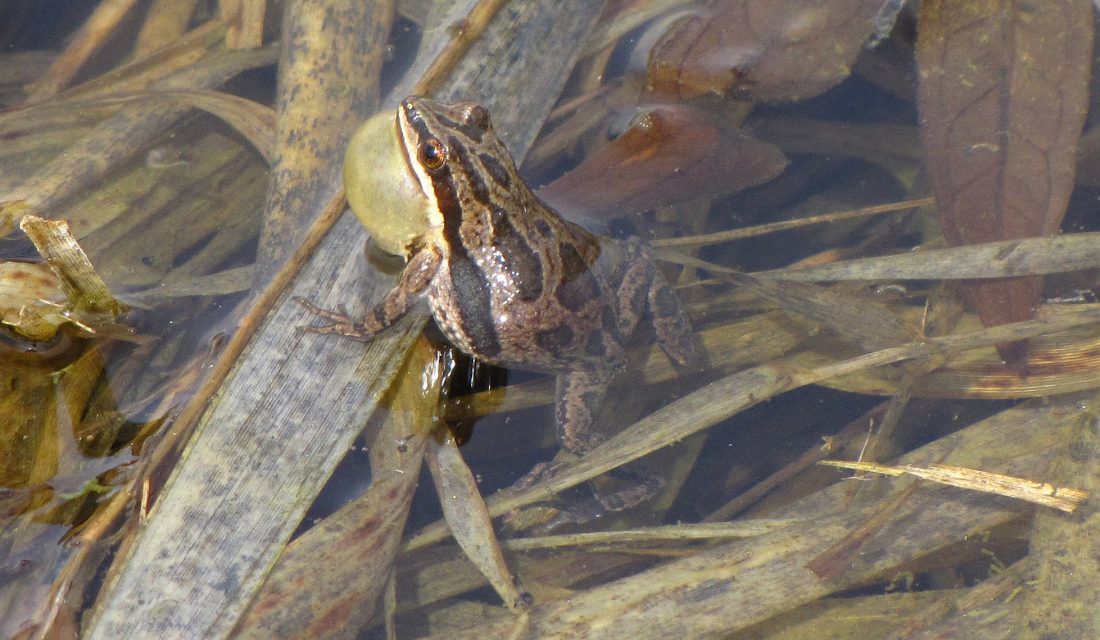
While some toads and frogs will bury themselves under mud and soil to survive the winter, some aren’t great diggers. The Chorus Frog, for example, will do its best by finding a little hiding spot under leaves or even bark. But those places are still cold enough! So what do they do to survive? They adapt! Chorus Frogs are able to freeze nearly completely. Even their hearts and lungs can stop working but still, when spring comes, they’ll thaw out and hop along their merry way.
Keep on Rollin’
We’ve talked about the critters who stop everything when the snow falls, but what about the animals who are real troopers? The ones who get out there and move their bodies even in the coldest weather?
Ruffed Grouse
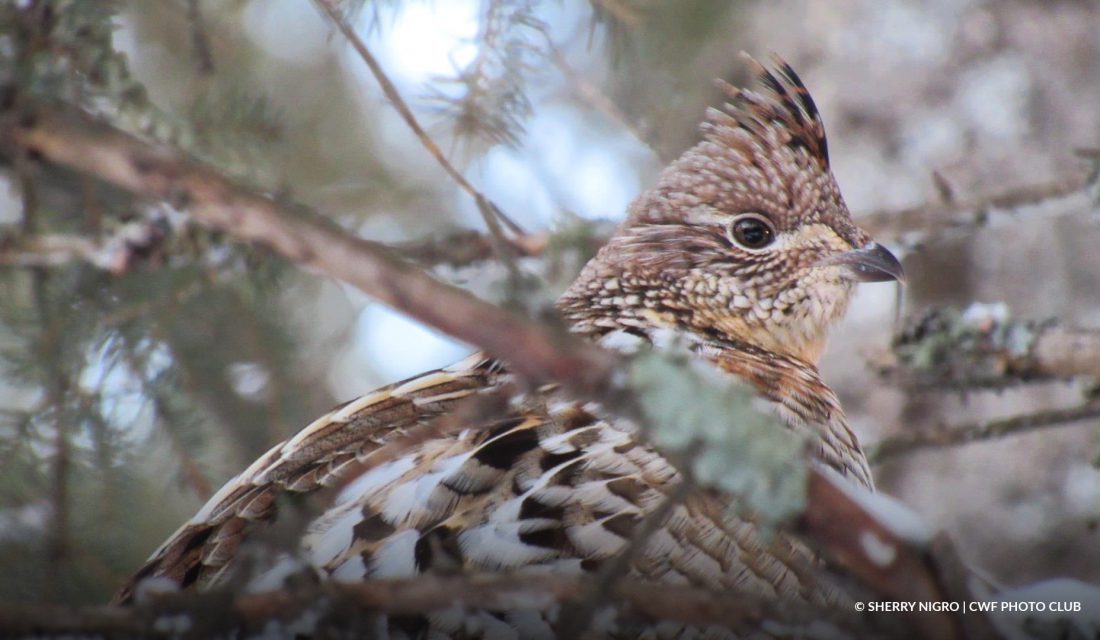
While many birds will say goodbye to the snowy weather and travel south for the winter, some are happy to stay closer to home. The Ruffed Grouse, for example, isn’t able to fly for long periods of time, so they’re happy to stay in Canada. They just make a few changes! This bird will actually grow these bristly pieces of flesh on their feet for the cooler months. And these neat additions actually help them to walk on snow – kinda like snowshoes! They’ll also hide away from predators and really nasty weather by seeking shelter in coniferous trees, shrubs and even deep snow.
Snowy Owl
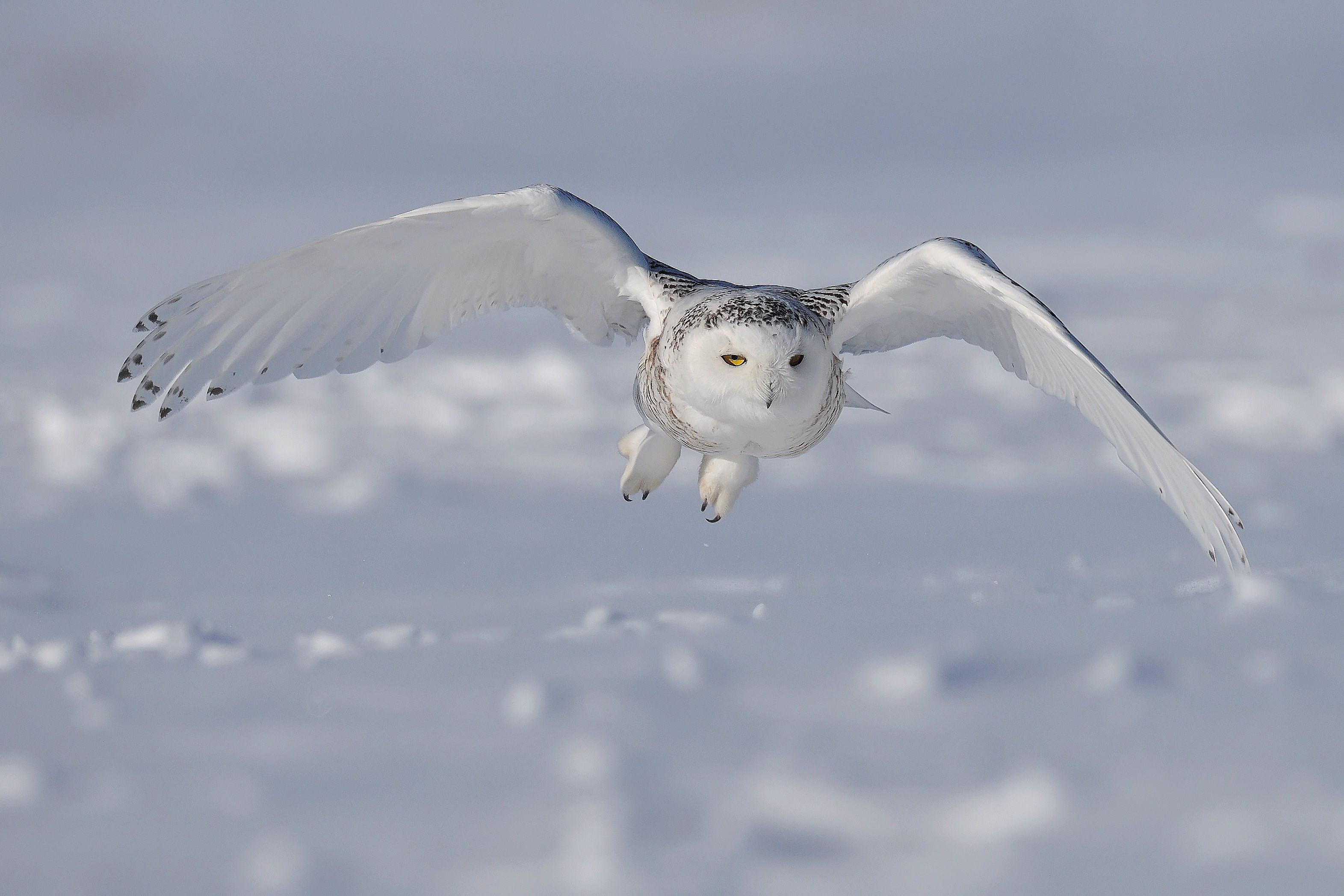
Many birds of prey decide to stick around during the freezing temperatures because they can still hunt in the snow. The Snowy Owl, for example, is able to hear even the smallest mammals like Meadow Voles or Deer Mice under the snow!
Snowshoe Hare
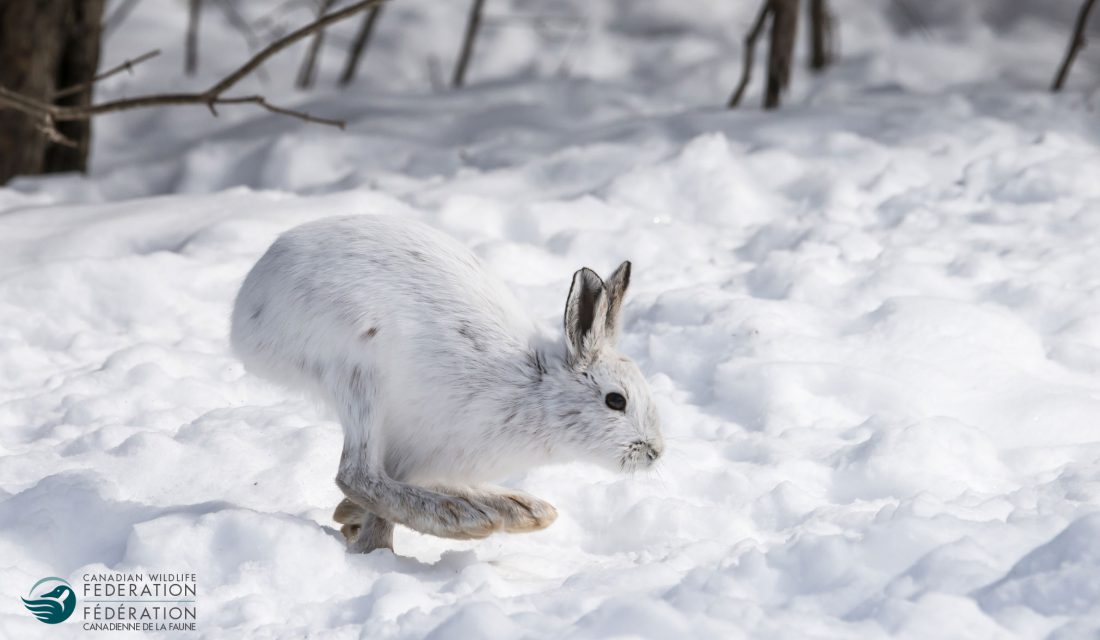
Many species have adapted to winter by looking a lot like it. The Snowshoe Hare grows a really thick coat for the winter months that is entirely white! It helps that it’s also extra warm. Their winter coats have three layers: a thick and silky underfur, longer buff-tipped hair and then finally an extra white and longer guard hair. Their coat is SO white that they might not even run away when faced with a predator. They might instead freeze in place and hope that they blend in with their snowy background.
Moose
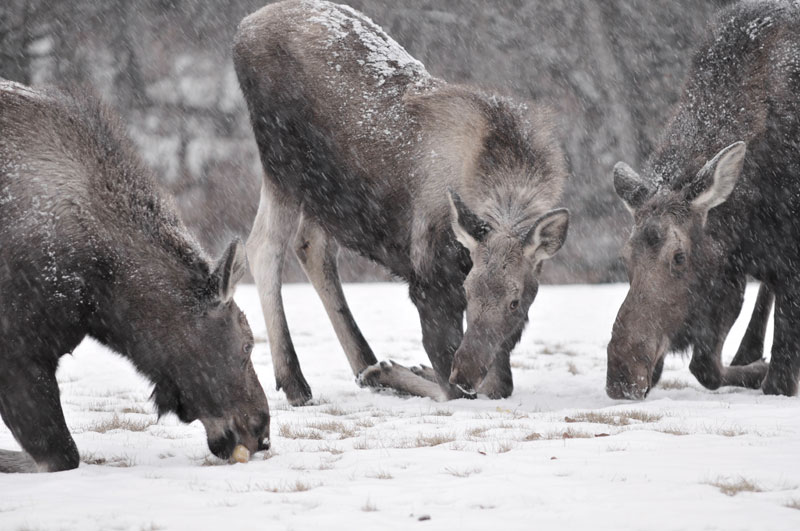
Moose have a hard time of it in the winter months. They can’t get to the aquatic plants they usually chow down on, so they have a choice to make. Sometimes they decide to hunker down under shelter to save their energy and other times they have to get moving and find plant material to eat – like the twigs, shrubs and bark of poplars, Balsam Fir, Red Osier Dogwood as well as birch, willow and maple trees. But they often find themselves with grumbly tummies until spring arrives.
White-footed Mouse
Many small mammals rely on the snow to stay warm. Sounds crazy, right? But snow can actually hold a lot of warmth if you go deep enough. The White-footed Mouse will dig holes in the snow and burrow underneath together. Between the warmth they find under the snow and the body warmth they find next to each other, they’re able to stay alive! They’re even able to find food under there!
Find out what kind of winter animal you are by taking this quiz! And learn more about wildlife in winter at Hinterland Who’s Who.
By Annie Langlois and April Overall

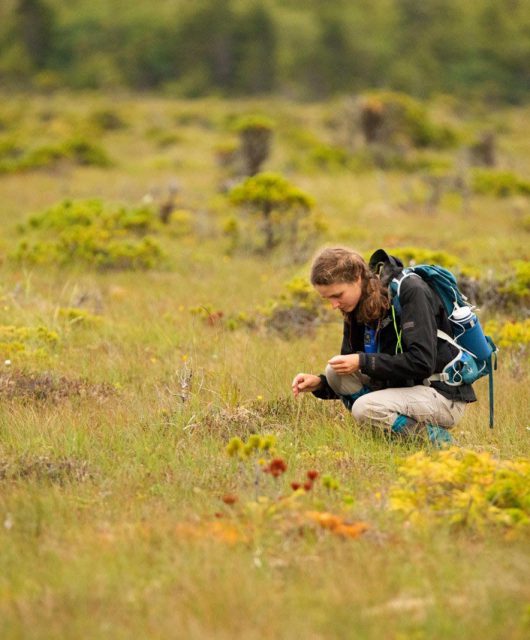

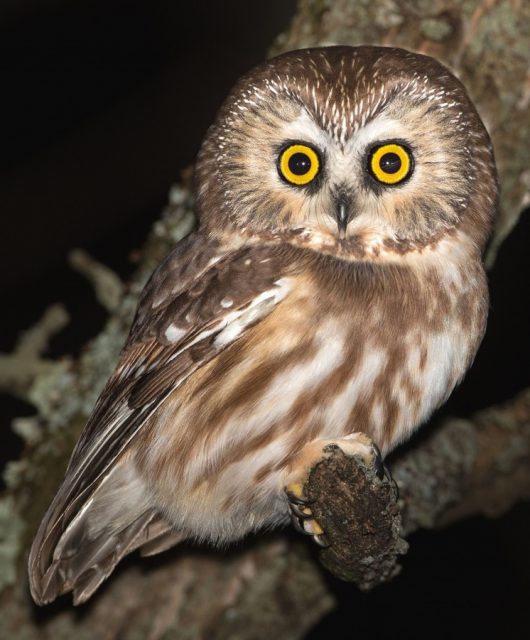
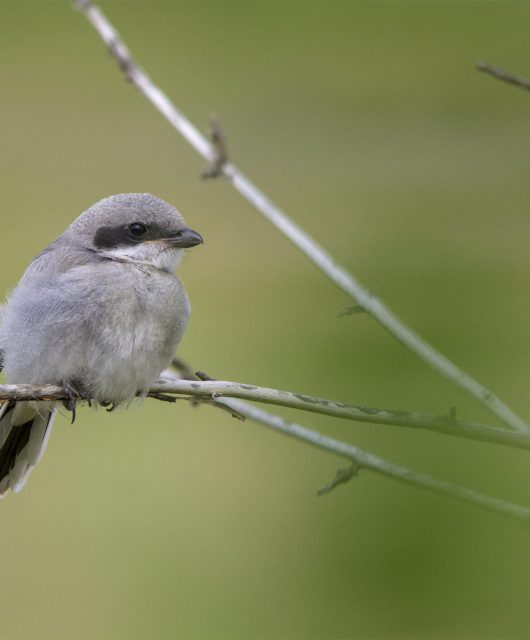
5 comments
Thank you for the information about animals surviving the winter. How resilient they are! I never knew that only the Queen Bumble Bee survived and the colony had to start over every year.
beautiful beyond any thing I could imagine
absolutely fantastic
This is gonna help me so much with my report thank you!